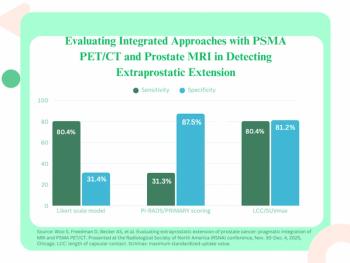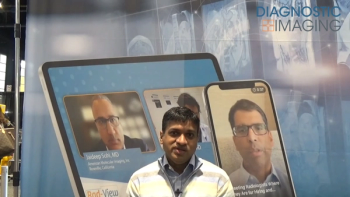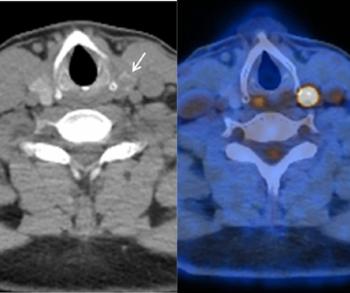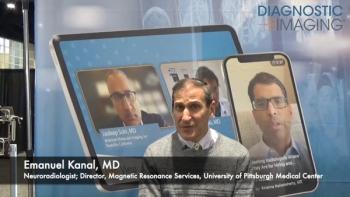
Whole-Body MRI May Predict Heart Attack, Stroke in Diabetes
Whole-body MRI may help detect cardiovascular and cerebrovascular changes in patients with diabetes, allowing more aggressive management.
Whole-body MRI can help clinicians assess people with diabetes for increased risk of heart attacks or stroke, according to an article published in the journal Radiology.
Patients with diabetes are at increased risk of developing atherosclerosis, which contributes to major adverse cardiovascular and cerebrovascular events (MACCE), such as heart attack or stroke. By using whole-body MRI, clinicians may be able to identify patients at highest risk for such events and treat or observe them accordingly.
Researchers from Germany studied the predictive value among 65 patients with diabetes with follow-up information available on 61. The patients underwent a contrast-enhanced whole-body MRI protocol, including brain, cardiac, and vascular sequences.
The patients were followed for a median of 5.8 years. Fourteen patients experienced MACCE during this period. The researchers found that patients who had detectable vascular changes faced a cumulative MACCE risk rate of 20 percent at three years and 35 percent at six years. Patients who had normal MRI findings did not experience MACCE.
The researchers acknowledge that more study is needed as using whole-body MRI for such evaluations is relatively new. However, it is advantageous because it can assess patients over larger parts of the body without exposing them to radiation.
“Other established and valuable tools, such as myocardial perfusion imaging or computed tomography (CT) for quantification of coronary calcification, are generally limited to cardiac evaluation due to their associated risk profiles,” said researcher Fabian Bamberg, MD, MPH, in a release. “Also MRI provides unique insights into soft tissue pathology, including cerebral and vascular changes, such as restriction of blood flow to the brain.”
Newsletter
Stay at the forefront of radiology with the Diagnostic Imaging newsletter, delivering the latest news, clinical insights, and imaging advancements for today’s radiologists.



























